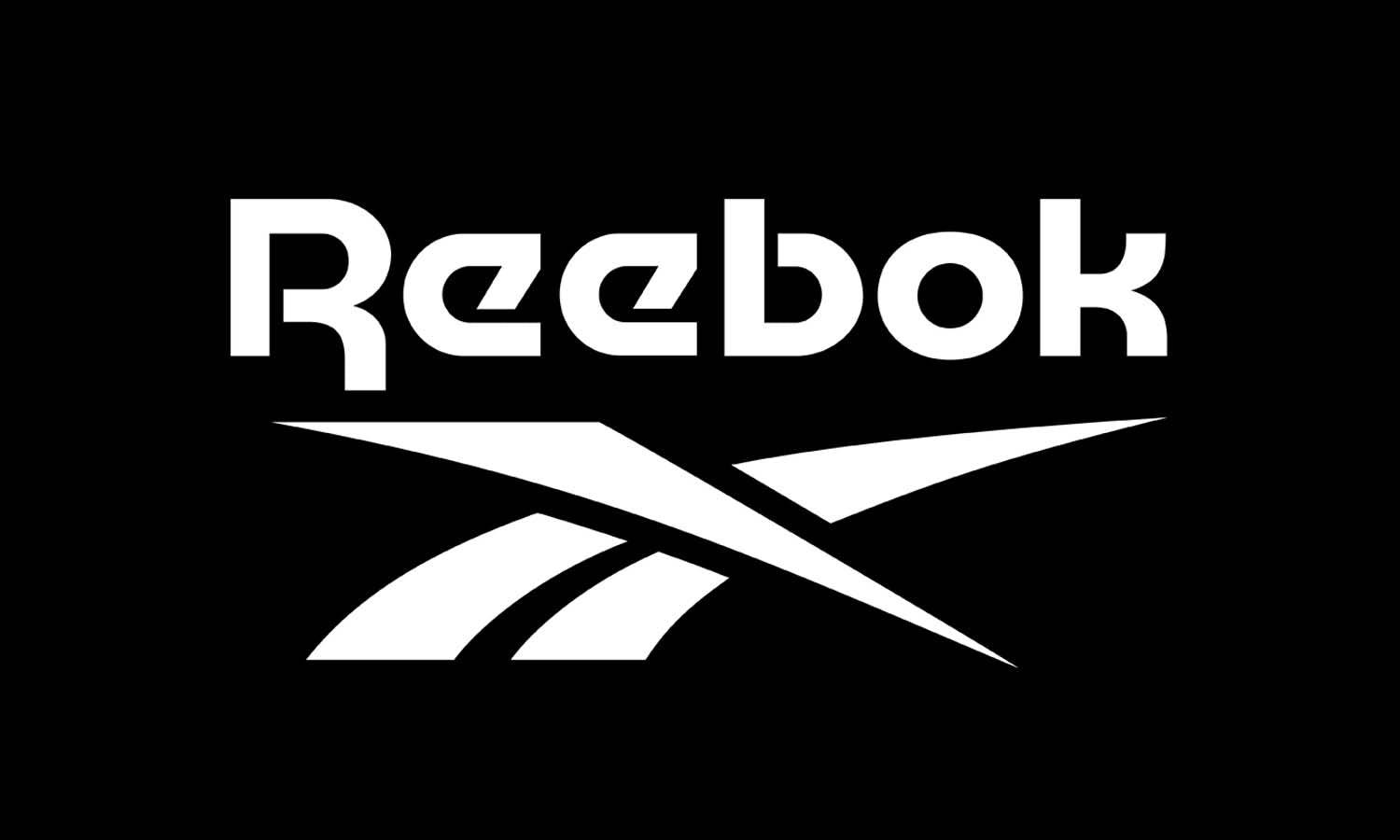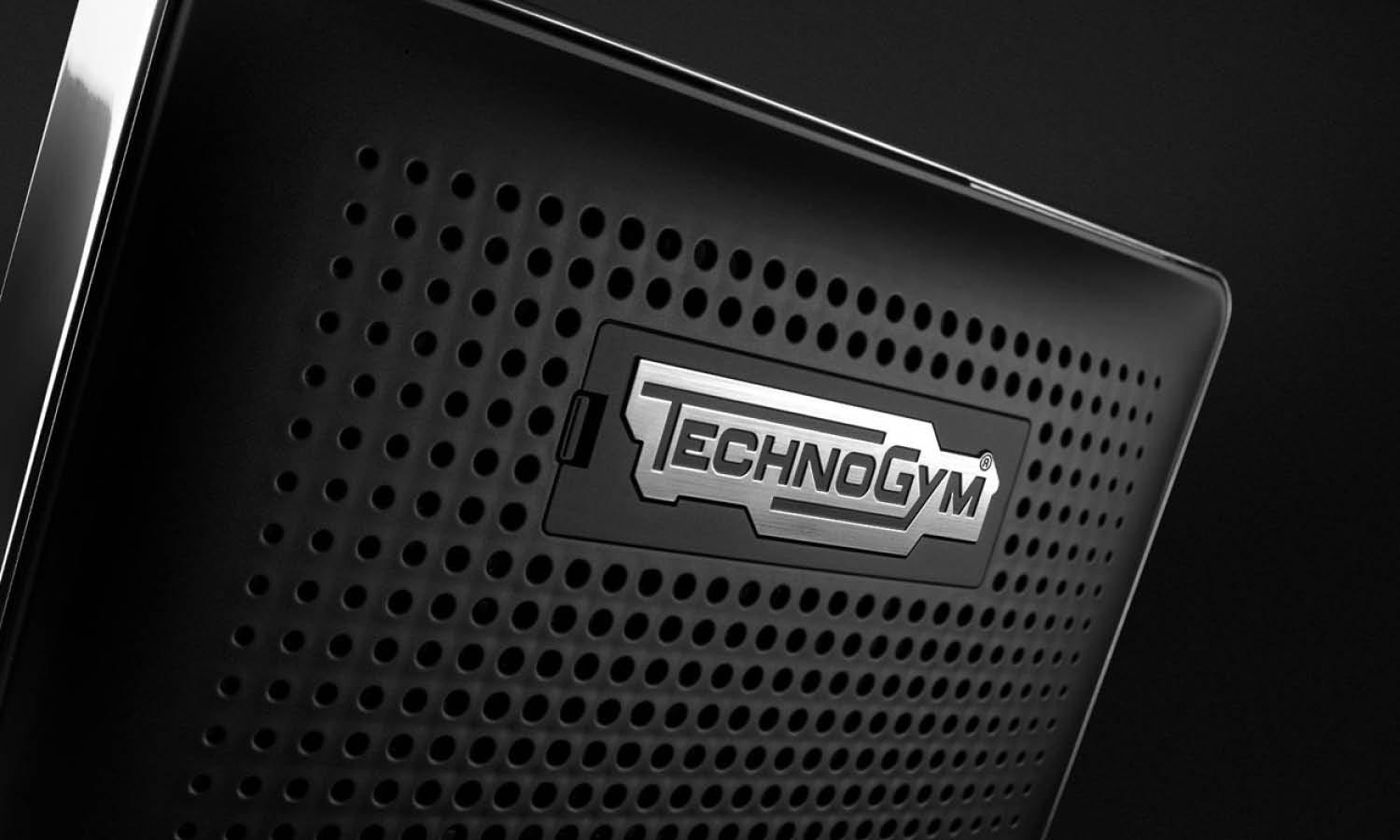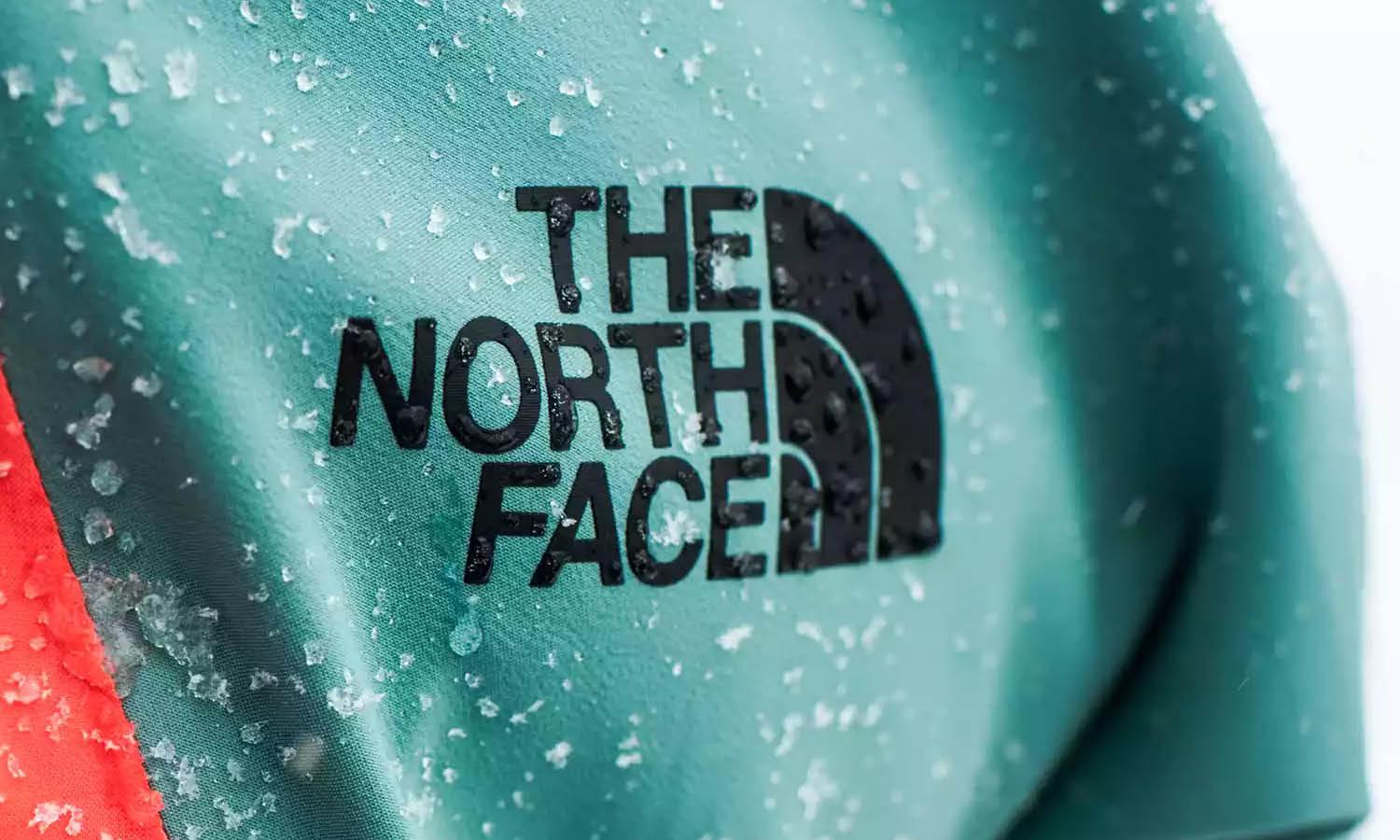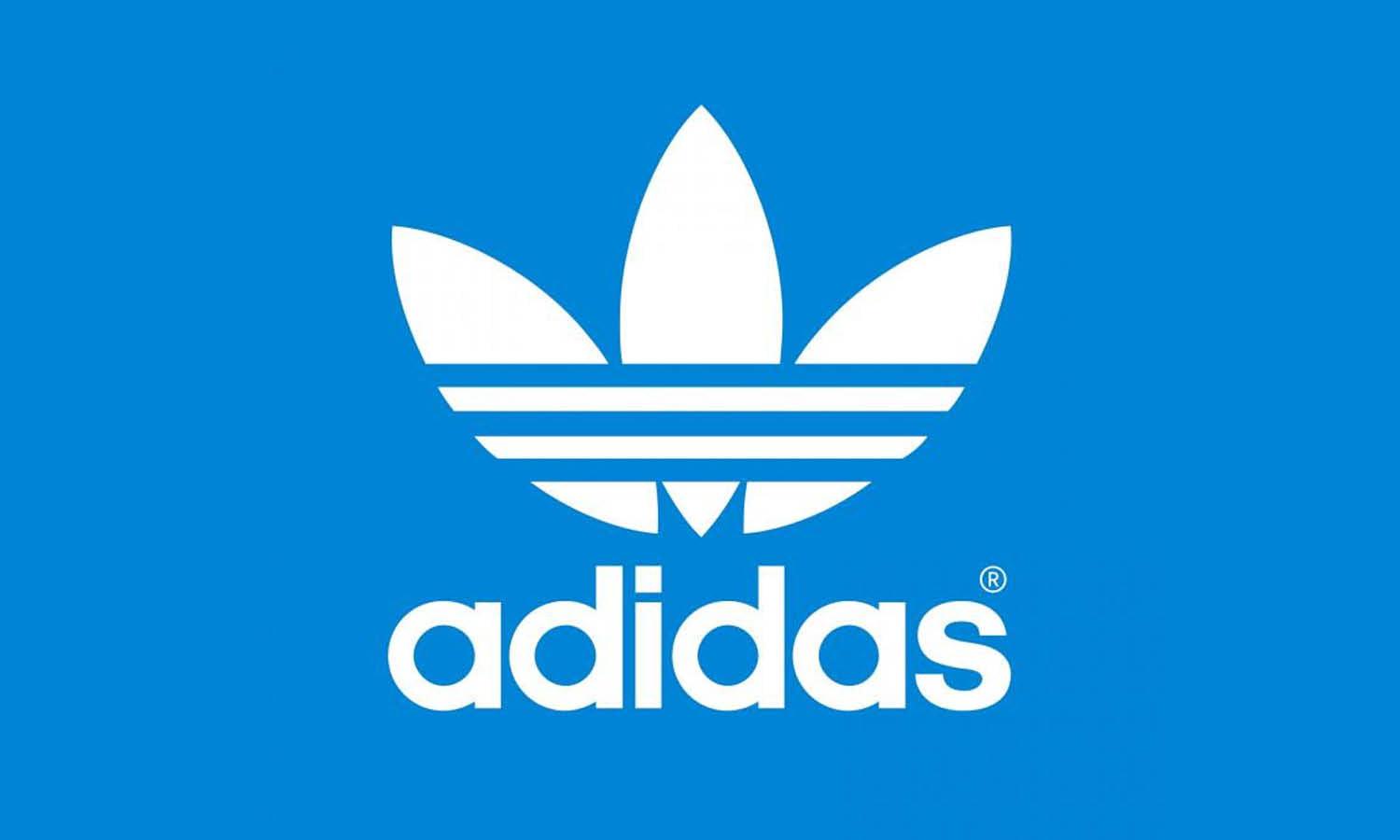Puma Logo Design: History & Evolution

Image Source: https://logos-world.net/puma-logo/ ; Image Courtesy: Puma
Have you ever wondered about the journey behind one of the world's most recognizable logos? Let's talk Puma. When you think of the brand, one of the first things that comes to mind is its iconic logo, right? The leaping puma, simple yet dynamic, is more than just a logo; it's a symbol of the brand's evolution and identity, a true testament to timeless design. This isn't just a story about a logo; it's a narrative of change, growth, and a testament to the power of strong visual branding. So, buckle up, graphic designers! We're about to delve into the fascinating world of Puma logo design.
This article will navigate through the captivating journey of the Puma logo, a visual treat that reflects the essence of the brand. From its humble beginnings to its powerful presence today, the Puma logo design has weathered numerous transformations. So, let's leap into the history and evolution of the Puma logo, exploring the symbolism behind its elements, its transitions over the years, and how it's adapted to the dynamic digital age.
Stay tuned, because this journey of the Puma logo design is a wild ride that every graphic designer will appreciate.
I. The Birth of Puma (1948)
As every well-versed graphic designer knows, each logo has a tale to tell, a beginning. The tale of Puma and its logo design starts back in 1948, when the brand was established by Rudolf Dassler, after a fraternal feud that resulted in a split with his brother, Adolf, who then formed Adidas. A year after the division, the first Puma logo design was born.
This initial Puma logo design was simple, yet effective. Consisting of a silhouette of a puma - the agile and powerful big cat the brand was named after - mid-leap, it gave an immediate sense of speed and agility, principles core to the brand's identity. The company name, PUMA, was placed boldly underneath in block letters. Even in this early stage, Puma was all about that energy, motion, and dynamism.
However, it's also worth noting that the initial Puma logo design was a relatively static depiction of the animal, especially when compared to the dynamic, pouncing form we're familiar with today. This iteration was more a visual representation of the animal itself, rather than a symbol of the qualities that Puma, as a brand, would come to stand for. Yet, it laid the foundation, the stepping stone for what was to become one of the most renowned logos in the sports industry.
Graphic designers, it's crucial to note that in this stage of Puma logo design, the elements of simplicity and recognition were emphasized. With its simple lines and distinct silhouette, the logo was easily recognizable and reproducible - essential traits for any effective logo design. Even at this early stage, Puma understood and applied the basic principles of logo design effectively.
While the logo has undergone several transformations since 1948, its core essence has remained the same. The representation of the puma, the animal, has been at the heart of every logo iteration, carrying forward the brand's history and its core attributes. This initial Puma logo design set the stage for the brand's visual identity, a testament to the brand's enduring recognition.
In this journey through the evolution of Puma logo design, it's clear that the roots of the brand's visual identity were set in its early years. The first logo was a statement of intent, a reflection of the brand's name and the qualities it stood for. So, as we leap into the next stages of this journey, remember this leaping cat's humble beginnings, because it's from here that the iconic Puma logo design took its first bold leap into the world.

Image Source: https://logos-world.net/puma-logo/ ; Image Courtesy: Puma
II. The Leap into Modernity (1958)
Fast forward ten years to 1958. The world had seen a decade of rapid development, and it was time for Puma's logo design to evolve and keep pace with the changing times. In a bold move that reflected the spirit of the era, Puma introduced a significant change to its logo. This new logo would pave the way for the more dynamic and streamlined Puma logo design we know and love today.
The second iteration of the Puma logo design saw a shift from the static big cat silhouette to a more detailed depiction of a puma in mid-leap. The new logo sported a puma in a circular frame, capturing a sense of movement and energy that was missing in the previous design. This design evolution reflected a step into a more modern aesthetic while maintaining the brand's core principles of speed, agility, and power. The word 'PUMA' remained in block letters, now encased within the circular frame along with the puma.
This updated logo design was a graphic designer's dream, demonstrating a successful balance between detail and simplicity. The choice to depict the puma within a circular frame gave the logo a contained, cohesive feel while reinforcing the sense of movement. Plus, the added detail made the Puma logo design more engaging and visually interesting.
Another aspect worth noting for all you aspiring logo designers is the strategic use of symbolism. By depicting the puma mid-leap, Puma was subtly reinforcing the attributes it stood for - dynamism, agility, and strength. These are the qualities athletes strive for, aligning the logo design with Puma's target audience.
It's interesting to see how this leap into modernity mirrored not just changes in aesthetic trends, but the growing ambitions of Puma as a brand. The 1958 Puma logo design was more than a simple redesign; it marked a pivotal point in the brand's evolution. It emphasized the importance of evolving while staying true to the brand's roots, a vital lesson for all graphic designers.
In this stage of the Puma logo design evolution, we can see how the brand started to position itself more aggressively in the competitive sports market. By incorporating a more dynamic representation of the puma and using symbolic imagery, Puma was able to make a bolder statement about who they were as a brand. The leap into modernity wasn't just about a new logo; it was about setting the stage for Puma's future growth and global success. As we continue our journey through the evolution of the Puma logo design, remember this pivotal leap into modernity, as it shaped the Puma we know today.

Image Source: https://logos-world.net/puma-logo/ ; Image Courtesy: Puma
III. The Striped Puma (1967)
As we step into the late 60s, we find ourselves in a time of design revolution. It was an era where boldness and creativity were at the forefront of graphic design, and the Puma logo design was no exception. It was in 1967 that Puma introduced the world to its third logo, the "Striped Puma."
The Striped Puma logo design was a departure from the detailed depiction in the circular frame seen in the second logo. The logo was distilled into a striped silhouette of a leaping puma, retaining the dynamism and energy of the previous logo but in a more stylized manner. The stripes added a visual interest, giving the logo an edgier, more contemporary feel. And guess what remained constant? Yes, the block letters of 'PUMA,' though now separated from the leaping feline, a slight shift that added some breathing space and balance to the overall design.
In the world of graphic design, this was a bold move, an embrace of minimalism and abstraction. While maintaining the puma's mid-leap motion, the design became simpler, more streamlined, and easier to reproduce across various mediums – a key consideration in logo design.
Interestingly, the Puma logo design's evolution reflects broader design trends of the era. The 60s were known for daring design choices, bold colors, and simple, clean lines. The Striped Puma perfectly embodies these trends. Not only did it maintain the brand's symbolic representation of speed and agility, but it also gave Puma a more contemporary, cutting-edge identity, setting it apart in the increasingly competitive sports industry.
Let's not forget the significance of the striped pattern. For graphic designers, this addition was a masterstroke. The stripes created a sense of forward motion, reinforcing the idea of speed and agility, while giving the logo a unique aesthetic identity.
So what does the Striped Puma era tell us about Puma's journey? It highlights the brand's continuous evolution and adaptability to the changing times. It underscores the brand's commitment to keeping its logo design relevant and resonant, a crucial lesson for all aspiring graphic designers.
As we explore further the Puma logo design's evolution, it's clear that Puma understood the power of a logo as a tool of communication and a reflection of its identity. The Striped Puma marked a significant milestone in Puma's history, one where the brand wasn't afraid to embrace change and make bold design choices. This era in Puma's logo design journey serves as a lesson on the importance of staying contemporary and relevant, an invaluable takeaway for anyone in the graphic design world.

Image Source: https://logos-world.net/puma-logo/ ; Image Courtesy: Puma
IV. Embracing Minimalism (1978)
In the world of graphic design, there's an old saying that goes, "less is more." By 1978, Puma had taken this to heart and introduced a new logo that truly embraced minimalism. This was a significant shift in the Puma logo design narrative, marked by the brand's desire to create a clean, streamlined, and modern visual identity.
The fourth Puma logo design stripped away the striped pattern, leaving a sleek, silhouette of a leaping puma. The logo retained the dynamism and energy of the previous iterations but did so in a more simplified and distilled manner. The bold, block letters 'PUMA' stayed consistent, maintaining brand recognition while allowing the puma image to take center stage.
Now, to our graphic designers, you might be asking why such a drastic shift towards minimalism? The answer lies in the changing design trends and practical considerations. As the world became more digitized, logos needed to be more adaptable and versatile across various platforms and sizes. This minimalist Puma logo design achieved just that – it was clean, recognizable, and highly adaptable.
Let's also consider the symbolic power of this stripped-back logo. The bare, minimalist design of the puma leaping speaks volumes about the brand's attributes – speed, agility, strength – without the need for complex details or designs. It's a perfect example of how simplicity in design can deliver a strong, memorable message, a valuable lesson for any graphic designer.
But what did this era of minimalism mean for Puma as a brand? It marked a period of maturation and growth. The minimalist Puma logo design communicated a brand that was confident in its identity and didn't need frills or complexities to make its mark. The logo was no longer just a brand identifier; it was a symbol of the brand's philosophy and a reflection of its journey.
So, as we take a leap forward in our exploration of the Puma logo design's history, this era of embracing minimalism stands out as a turning point. It's an embodiment of Puma's ability to adapt and evolve with the changing times and trends, staying relevant and recognizable. The minimalist Puma logo design serves as a testament to the brand's commitment to simplicity and clarity, a key takeaway for all graphic designers. As we continue our journey through Puma's logo design evolution, let's keep in mind the powerful impact of simplicity and minimalism in creating effective, timeless logo designs.

Image Source: https://logos-world.net/puma-logo/ ; Image Courtesy: Puma
V. The Puma's Pounce (1988)
Leaping into the late 80s, we find ourselves in an era marked by great innovation and a drive for perfection. In 1988, Puma continued its logo evolution with a design that was to become an iconic symbol in the sports industry - The Puma's Pounce.
The fifth Puma logo design presented a refined, stylized representation of the puma mid-leap. The design had evolved from a static puma in the first logo to a striped one in the third, and then a minimalist silhouette in the fourth. Now, with this fifth iteration, the Puma logo design achieved a sense of fluidity and dynamism that perfectly symbolized the puma's swift, powerful pounce.
For graphic designers, this logo was a masterclass in refinement and precision. The graceful curves and sharp lines of the logo reflected the perfect combination of strength and agility that Puma aimed to symbolize. The familiar block letters 'PUMA' were retained, providing a grounding element and continuity to the design.
Interestingly, this logo design subtly echoed a rising trend in the 80s graphic design - the revival of organic, fluid shapes. The Puma logo design encapsulated this trend beautifully, embodying the brand's identity in an even more visually appealing and memorable manner.
Now, let's talk about the importance of this shift in Puma's visual identity. The Puma's Pounce was not merely an aesthetic change; it was a reflection of the brand's growing global presence and ambition. The logo design aimed to convey not just the brand's core values, but also its drive for innovation, perfection, and dominance in the sports industry.
In the grand scheme of Puma's logo design evolution, The Puma's Pounce was a significant milestone. It marked a shift from a more passive representation of the puma to a more dynamic, active one - a puma ready to pounce. It communicated a sense of forward momentum, a determination to excel and lead, attributes that resonated with Puma's target audience.
As we continue to delve into the history and evolution of Puma logo design, The Puma's Pounce serves as a powerful example of how a logo can be a visual embodiment of a brand's vision and ambition. It reminds us, as graphic designers, of the transformative power of a well-designed logo - how it can encapsulate a brand's essence, resonate with its audience, and stand the test of time. So, as we leap forward to the next stages of Puma's logo evolution, let's carry forward the lessons learned from The Puma's Pounce era.

Image Source: https://logos-world.net/puma-logo/ ; Image Courtesy: Puma
VI. Into the New Millennium (2002)
As we hit the 21st century, Puma was ready to embrace the new era with a logo that resonated with the times. In 2002, Puma introduced its sixth logo - a design that fused the past, present, and future of the Puma brand in a single, compelling symbol.
This iteration of the Puma logo design took a bold step. The brand combined the minimalist puma silhouette from the fourth logo and the form strip (a distinctive element of Puma's shoe design) from the fifth logo to create a modern, striking emblem. The leap of the puma was replaced by a puma head in a pouncing position, while the word 'PUMA' was once again rendered in the familiar block letters, reinforcing brand consistency.
To all the graphic designers out there, take a moment to appreciate the clever blending of heritage and innovation in this design. This fusion of old and new elements created a logo that was instantly recognizable as Puma, yet it felt fresh, contemporary, and perfectly aligned with the digital age.
In the realm of design trends, the early 2000s marked a shift towards sleeker, more digital-friendly designs. The Puma logo design successfully incorporated this trend, resulting in an emblem that was simple, versatile, and visually engaging across multiple platforms.
What did this logo say about Puma as a brand? It spoke of a brand that honored its past, embraced the present, and was ready for the future. The new logo symbolized Puma's forward-thinking mindset and its commitment to innovation and excellence in the sports industry.
In the broader context of Puma's logo design evolution, the sixth logo marked a significant milestone. It symbolized a brand that had matured, a brand that knew its identity, and a brand that was unafraid to reinvent itself while still respecting its roots.
As we continue our exploration of Puma's logo design history, the 2002 logo serves as a testament to the power of blending heritage and innovation in design. It's a reminder that while a logo should reflect the current trends, it should also stay true to the brand's identity and history. And most importantly, it teaches us, as graphic designers, that a logo is not just an aesthetic symbol, it's a visual storyteller of a brand's journey. So, let's carry these lessons forward as we continue our deep dive into the world of Puma logo design.
VII. What Can We Learn
The Puma logo design evolution is a masterclass in the power and potential of well-thought-out design. Throughout the decades, Puma's logo has adapted and evolved, always staying relevant, engaging, and true to its core brand identity.
One significant lesson we can draw from the Puma logo design is the importance of simplicity. From the first to the sixth logo, Puma demonstrated an understanding of how simplicity in design can lead to powerful and memorable logos. They stripped down their design to the essential elements, resulting in a logo that's clear, impactful, and recognizable even at a glance. So, as graphic designers, we should strive for simplicity, because often, less truly is more.
Adaptability is another key takeaway from the Puma logo design story. With each logo iteration, Puma successfully responded to changing design trends, consumer preferences, and technological advancements, all while preserving the essence of their brand. In the same vein, as graphic designers, we need to be flexible and open to change, always ready to adapt our designs to meet evolving needs and contexts.
Consistency is another powerful lesson from the Puma logo design journey. Despite the changes and transformations, each Puma logo maintained consistent elements that reinforced brand recognition. Consistency is a cornerstone of brand identity and a critical aspect of any design process. It helps establish a strong, cohesive brand image that resonates with audiences.
Puma's logo design evolution also teaches us the value of storytelling in design. Each logo is not just an aesthetic symbol; it's a visual narrative of Puma's journey, ambitions, and values. As graphic designers, we should aim to create designs that tell a story, designs that are not just visually appealing, but also meaningful and resonant.
Lastly, the Puma logo design serves as a reminder of the power of design as a tool for communication. Each Puma logo was not just about aesthetics; it was designed to communicate Puma's brand identity and core values to its target audience. This underlines the fact that good design is not just about how something looks, but also about how it communicates and connects with the audience.
The Puma logo design offers valuable insights for graphic designers. It emphasizes the power of simplicity, the importance of adaptability, the need for consistency, the value of storytelling, and the role of design as a tool for communication. As we draw inspiration from the Puma logo design, let's carry these lessons forward in our own design journeys.
Conclusion
As we've journeyed through the history of the Puma logo design, we've seen a brand that has consistently innovated, adapted, and evolved while remaining true to its core identity. The Puma logo is more than a symbol; it's a visual narrative of the brand's growth and ambition. It serves as an inspiration for graphic designers, reminding us of the power and potential of thoughtful, creative design. So, the next time you're working on a project, take a leaf out of Puma's book and remember - a well-designed logo is a story, a promise, and an icon all rolled into one.
Let Us Know What You Think!
These fantastic logo design articles are written and curated by Kreafolk's team. We hope you enjoy our information and remember to leave us a comment below. Cheers!
















Leave a Comment